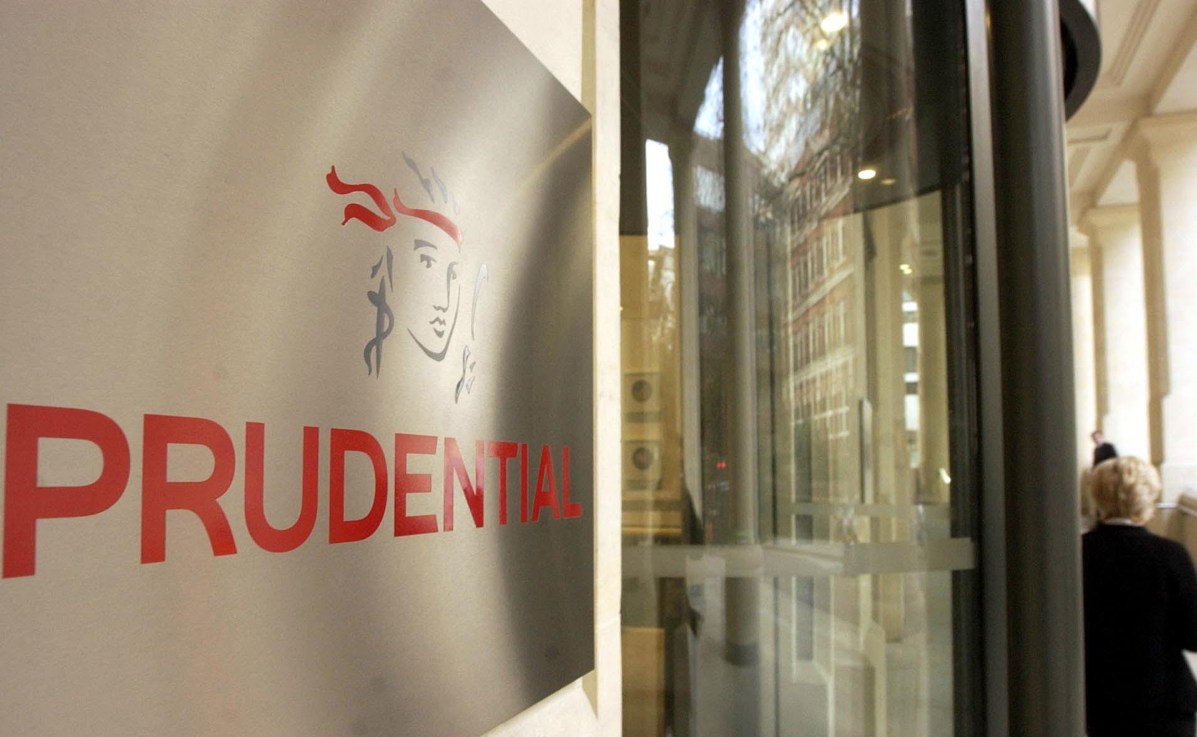Investors brace for Prudential results as stock price continues to disappoint
Investors in insurance giant Prudential are bracing themselves for its half-year results this week after the company has struggled to keep its stock price stable over the last two years. The FTSE 100 constituent has seen its share price drop by nearly a third over the past year, slumping to its lowest point since 2012. [...]


Investors in insurance giant Prudential are bracing themselves for its half-year results this week after the company has struggled to keep its stock price stable over the last two years.
The FTSE 100 constituent has seen its share price drop by nearly a third over the past year, slumping to its lowest point since 2012.
This is due to the insurer now being widely seen as a bet on demand for financial services in Asia and Africa, after the company span off from M&G in 2019, held a major fundraise in Hong Kong in 2021, and demerged from America’s Jackson Life in 2022.
In 2022, Hong Kong was Prudential’s most profitable market, followed by Singapore, Mainland China, Malaysia and Indonesia, noted Danni Hewson, AJ Bell head of financial analysis.
However, the main markets for Prudential have provided plenty of disappointment for investors in recent years, failing to bounce back with improved momentum following the coronavirus pandemic.
“Prudential’s long-term strategy is to position itself for both population growth as well as increased prosperity and the rise of the middle class, as this is potentially the sweet spot for increased demand for financial products and services,” Hewson said.
In June, Prudential launched a $2bn share buyback programme, outlining plans to return capital to its investors in a bid to up its share price. However, it has since fallen an additional five per cent since the programme was announced.
The company’s new CEO, Anil Wadhwani, also began a review of Prudential’s operations and strategy, aiming to bring new business profit compound growth to at least 15 per cent by 2027.
This week’s results will be the first step along that path, with the figures “judged in that context”, Hewson added.
A large problem for Prudential is that the company’s 2023 results were very strong, with new business profit surging 45 per cent to $3.1bn.
In comparison, the figure came in flat on a constant currency basis in the first quarter of this year, meaning that comparisons are unlikely to be kind to the insurer.
“We believe the first half of 2024 could be a weaker set of results for Prudential, with limited (or even negative) growth across many of the key lines,” warned Deutsche Bank analysts.
“Whilst this can be explained by a strong first half of 2023 comparative and the adverse impact of bond yields, the shares are clearly reflecting uncertainty beyond this,” they added.
Other key figures for Prudential include annual premium equivalent, a measure of new business written which grew by 37 per cent last year, and operating profit, that jumped eight per cent in 2023 to $2.9bn.
Finally, the company’s dividend will be closely watched, with analysts expecting around a six per cent increase in payout to the equivalent of 17.5 pence a share.
The results come following the death of the company’s former CEO, Jonathan Bloomer, last week aboard a yacht with tech investor Mick Lynch.



